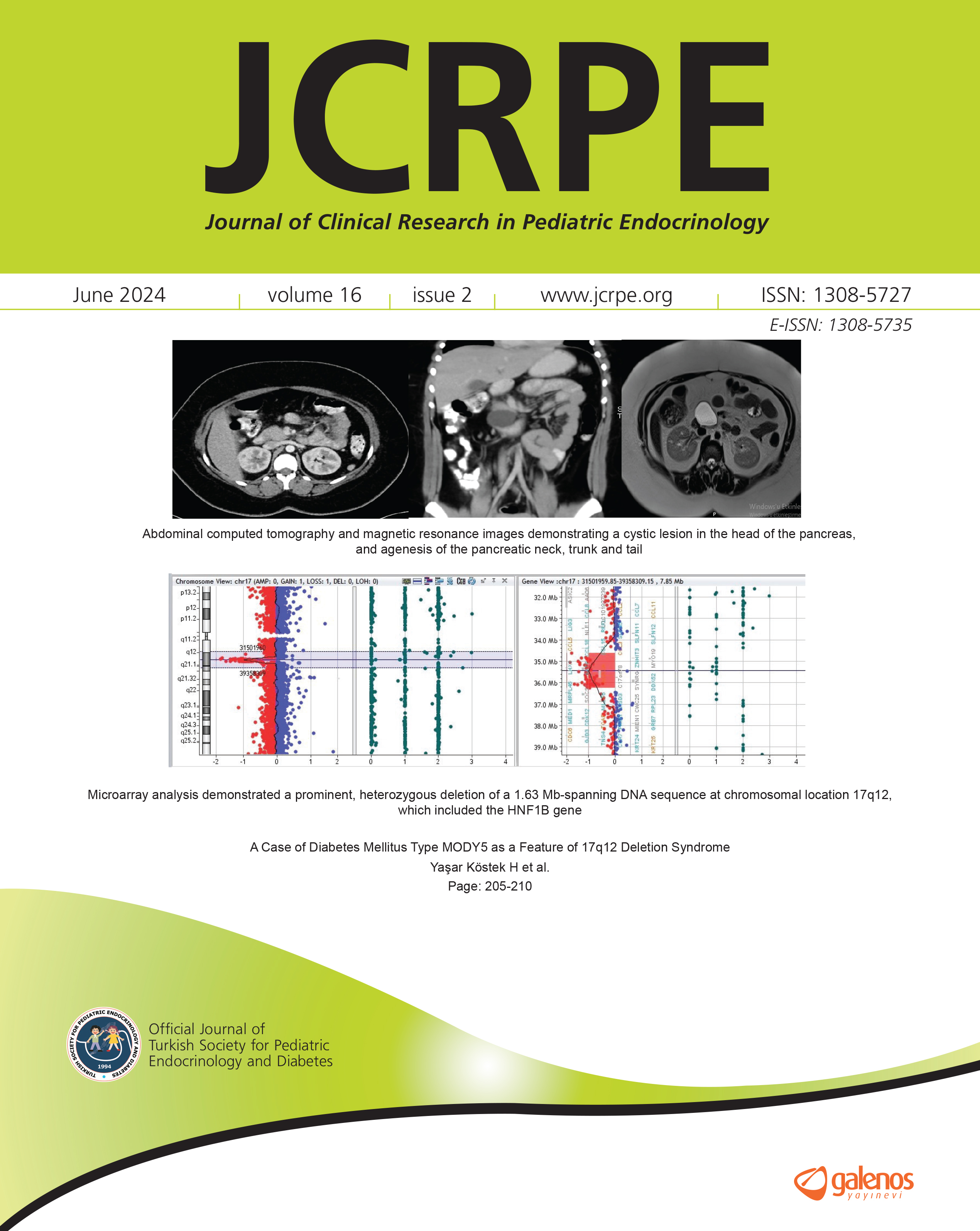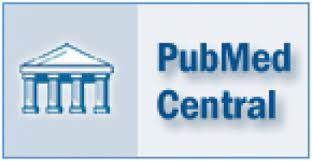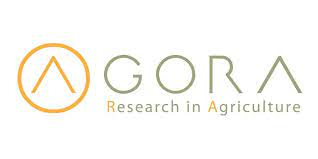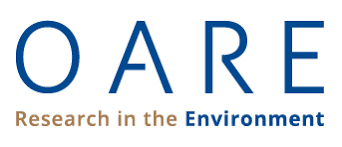Clinical Characteristics and Genetic Analyses of Patients with Idiopathic Hypogonadotropic Hypogonadism
Nurdan Çiftci1, Ayşehan Akıncı1, Ekrem Akbulut2, Emine Çamtosun1, İsmail Dündar1, Mustafa Doğan3, Leman Kayaş11İnönü University Faculty of Medicine, Department of Pediatric Endocrinology, Malatya, Turkey2Turgut Özal University Faculty of Biomedical Engineering, Malatya, Turkey
3University of Health Sciences Turkey, Başakşehir Çam and Sakura City Hospital, Clinic of Medical Genetics, İstanbul, Turkey
INTRODUCTION: Idiopathic hypogonadotropic hypogonadism (IHH) is classified into two groups-Kalman syndrome and normosmic IHH (nIHH). Half of all cases can be explained by mutations in >50 genes. Targeted gene panel testing with nexrt generation sequencing (NGS) is required for patients without typical phenotypic findings. The aim was to determine the genetic etiologies of patients with IHH using NGS, including 54 IHH-associated genes, and to present protein homology modeling and protein stability analyzes of the detected variations.
METHODS: Clinical and demographic data of 16 patients (eight female), aged between 11.6-17.8 years, from different families were assessed. All patients were followed up for a diagnosis of nIHH, had normal cranial imaging, were without anterior pituitary hormone deficiency other than gonadotropins, had no sex chromosome anomaly, had no additional disease, and underwent genetic analysis with NGS between the years 2008-2021. Rare variants were classified according to the variant interpretation framework of the American College of Medical Genetics and Genomics (ACMG)/Association for Molecular Pathology. Changes in protein structure caused by variations were modeled using RoseTTAFold and changes in protein stability resulting from variation were analyzed.
RESULTS: Half of the 16 had no detectable variation. Three (18.75%) had a homozygous (pathogenic) variant in the GNRHR gene, one (6.25%) had a compound heterozygous [likely pathogenic-variants of uncertain significance (VUS)] variant in PROK2 and four (25%) each had a heterozygous (VUS) variant in HESX1, FGF8, FLRT3 and DMXL2. Protein models showed that variants interpreted as VUS according to ACMG could account for the clinical IHH.
DISCUSSION AND CONCLUSION: The frequency of variation detection was similar to the literature. Modelling showed that the variant in five different genes, interpreted as VUS according to ACMG, could explain the clinical IHH.
Corresponding Author: Nurdan Çiftci, Türkiye
Manuscript Language: English



























